In the ever-changing world of SEO, short, broad terms like “laptop” or “travel deals” remain a hot topic. These high-volume phrases—often called fat head keywords—drive significant traffic due to their popularity. But with fierce competition, marketers debate their value in modern strategies.
These terms typically consist of one or two words and attract massive search engine visibility. For example, targeting “smartphone” could yield thousands of monthly searches. However, ranking for them often requires substantial resources, making them challenging for newer websites.
The real question isn’t just about traffic volume. It’s about balancing quantity with quality. While broad terms bring eyeballs, they might not always convert. A user searching for “shoes” could be looking for reviews, stores, or DIY repairs—making intent harder to pin down.
Despite these challenges, short keywords still play a role in foundational SEO. They help establish domain authority and create pathways to niche content. Later sections will explore how strategies evolve to include less competitive “chunky middle” terms, but first, let’s dissect why these broad phrases still matter.
Key Takeaways
- Short, broad terms drive high traffic but face steep competition.
- Balancing visibility with conversion-focused intent is critical.
- These phrases help build domain authority early in SEO efforts.
- User intent for general searches can be less predictable.
- Modern strategies often combine broad and niche keyword approaches.
Understanding Fat Head Keywords and Their Role in SEO
Short, high-volume search terms remain foundational for visibility. These broad phrases—often just one or two words—act as gateways to massive audiences. Think of terms like “smartphone” or “fitness tips.” While competitive, they offer unique advantages when used strategically.
What Makes These Terms Unique?
Broad keywords are concise and general. They rarely specify user intent. For example, “laptop” could relate to reviews, prices, or troubleshooting. This differs from long-tail phrases like “best gaming laptop under $1,000,” which target specific needs.
| Keyword Type | Word Count | Search Volume | Intent Clarity |
|---|---|---|---|
| Broad Terms | 1-2 | High | Low |
| Long-Tail Phrases | 3+ | Moderate | High |
Why Traffic Volume Matters
Even with vague intent, broad terms attract visitors. A study by Search Engine Journal found that 35% of top-ranking pages target at least one high-volume keyword. These phrases help newer sites gain initial traction and authority.
To avoid penalties, integrate them naturally. For instance, a travel blog might use “budget travel” in headers while focusing content on detailed guides. This balances visibility with relevance.
The Evolution of Keyword Strategies in Today’s Digital Landscape
Search behaviors have transformed dramatically over the past decade. Early SEO efforts leaned heavily on single-word terms like “shoes” or “phones.” These broad phrases worked when competition was low, but today’s algorithms prioritize relevance and specificity.
From Broad Searches to Targeted Queries
In the 2010s, marketers relied on high-volume terms to attract traffic. However, search engine updates like Google’s Hummingbird shifted focus to user intent. Instead of “travel,” queries became “affordable weekend getaways near Chicago.” This evolution reflects how consumers now demand precise answers.
Modern analytical tools reveal this trend. Platforms like Ahrefs and SEMrush show that longer phrases with 3-5 words often convert better. For example, “best running shoes for flat feet” attracts users ready to buy, while “shoes” leaves intent ambiguous.
Three key factors drive this change:
- Voice search demands natural language (e.g., “Where can I fix my laptop screen?”).
- Mobile users favor quick, localized results.
- Algorithms penalize generic content lacking depth.
Businesses must adapt by blending keyword types. A mix of short terms (“marketing trends”) and detailed phrases (“email marketing tools for small teams”) balances visibility with relevance. Tools like AnswerThePublic help identify emerging queries tied to real-time needs.
As one industry report notes:
“The average query length has increased by 35% since 2015, reflecting deeper user curiosity.”
This shift underscores why modern strategies require flexibility—and why clinging to outdated methods risks obscurity.
Integrating Fat Head Keywords into Your SEO Strategy
Mastering the art of blending popular search phrases requires strategy. While these high-traffic terms boost visibility, misuse can lead to penalties. Let’s explore practical ways to balance reach with relevance.
Smart Placement for Maximum Impact
Start by analyzing your content structure. Use tools like Google Trends to identify trending variations of broad terms. For example, “winter coats” might spike in November—pair it with location-based phrases like “affordable winter coats in Chicago.”
| Strategy | Usage Frequency | Content Placement |
|---|---|---|
| Broad Terms | 1-2 per page | Headers, meta descriptions |
| Long-Tail Phrases | 3-5 per page | Subheaders, body text |
Focus on natural integration. A tech blog might mention “smartphone” in an introductory paragraph, then shift to specific models in later sections. This approach satisfies search engines while guiding readers deeper into your site.
Keeping Content Human-Friendly
Avoid repetition by using synonyms. Instead of repeating “travel deals,” try “discounted vacation packages” or “budget-friendly itineraries.” Tools like Grammarly’s SEO checker help maintain optimal keyword density.
Track performance monthly. Google Analytics reveals which terms drive conversions versus mere clicks. One case study showed a 40% traffic increase when a site reduced broad term usage from 8 to 3 instances per page.
“The best strategies treat broad terms like seasoning—a little enhances the dish, too much ruins it.”
Combine different types of search phrases for layered results. Pair “email marketing” (broad) with “free email templates for startups” (specific). This dual approach captures varied search intents while building topical authority over time.
Comparing Fat Head, Chunky Middle, and Long Tail Keywords
Effective SEO strategies hinge on balancing broad reach and targeted precision. Three categories of search terms—short, mid-range, and detailed phrases—serve unique roles in driving traffic. Let’s explore how they differ in attracting visitors and converting them.
Search Volume and Competition Levels
Short phrases like “travel” draw massive searches but face fierce rivalry. Mid-range terms (“budget Europe trips”) offer moderate volume with clearer intent. Detailed queries (“Rome hostel deals under $50”) have lower competition but higher conversion potential.
| Phrase Type | Avg. Monthly Searches | Competition Score* |
|---|---|---|
| Short (1-2 words) | 50,000+ | 95/100 |
| Mid-Range (3-4 words) | 5,000–20,000 | 60/100 |
| Detailed (5+ words) | 100–2,000 | 20/100 |
*Based on Ahrefs difficulty metrics
Balancing Visitor Quality and Quantity
Broad terms bring crowds, but not all are ready to act. A study by Backlinko found detailed phrases convert 3x better than short ones. For example, “how to fix squeaky floors” attracts homeowners seeking solutions, while “flooring” might lure casual browsers.
Small businesses often benefit from detailed phrases. They cost less to rank for and attract motivated users. Larger brands use short terms to dominate markets. As one marketer notes:
“Mix all three types—like using ‘fitness’ in headers while targeting ‘home workouts for seniors’ in blog posts.”
Tools like SEMrush reveal which phrases align with your goals. Track metrics like bounce rates to refine your approach. A travel site might use “beach vacations” broadly but prioritize “all-inclusive Cancun resorts” for bookings.
Keyword Research: Tools and Tactics for Success
Smart keyword research transforms guesswork into actionable insights. Free tools and analytical techniques empower businesses to uncover what visitors truly seek. Let’s explore practical methods to identify high-value phrases while avoiding overcrowded niches.
Leveraging Free Resources Effectively
Google Trends reveals seasonal spikes in queries like “holiday gifts” or “summer recipes.” Pair it with tools like Keywords Everywhere to gauge real-time search volume. For example, a bakery blog might discover rising interest in “gluten-free cupcakes” through these platforms.
| Tool | Best For | Key Data Points |
|---|---|---|
| Moz Search Bar | Difficulty Scores | Competition level, related phrases |
| SEO Quake | On-page metrics | Keyword density, backlink analysis |
| Ubersuggest | Content ideas | Trending questions, traffic estimates |
Balancing Popularity and Practicality
High-volume terms attract traffic, but low-competition phrases often convert better. Follow these steps:
- Check monthly searches in Keyword Planner
- Analyze competition scores via Moz or Ahrefs
- Filter terms matching your site’s authority
Backlinko’s 2023 study found that 68% of winning pages target phrases with moderate search volume (1K–10K/month). For instance, “budget hiking gear” outperforms generic “outdoor equipment” for newer blogs.
“Tools are only as good as the strategy behind them. Combine Google Trends with competitor gaps to find hidden opportunities.”
Update your research quarterly. Track shifts in user behavior with AnswerThePublic. A travel site might pivot from “beach vacations” to “eco-friendly resorts” based on emerging trends.
Maximizing Content Engagement with Fat Head Keywords
High-quality content bridges the gap between search algorithms and human curiosity. To engage audiences while optimizing for visibility, focus on clarity and relevance. Let’s explore how to craft material that satisfies both visitors and ranking systems.
Creating Engaging and Relevant Content
Start by aligning broad terms with specific user needs. For example, a page targeting “smartphone reviews” could include sections like “best cameras under $800” or “battery life comparisons.” This approach answers common questions while integrating popular phrases naturally.
Tools like Clearscope help identify subtopics linked to your main query. Prioritize content that:
- Addresses multiple intent types (informational, commercial)
- Uses synonyms to avoid repetition (“mobile devices” vs. “phones”)
- Includes visual aids for complex ideas
One outdoor gear site boosted conversions by 27% after restructuring blog posts around “hiking boots” paired with niche guides like “waterproofing techniques.”
Monitoring Performance and Adapting Strategies
Track metrics like time-on-page and bounce rates in Google Analytics. A sudden drop in traffic for a ranking page might signal outdated information or shifting user expectations.
| Metric | Optimization Action |
|---|---|
| High bounce rate | Improve intro clarity or add multimedia |
| Low conversions | Strengthen CTAs or simplify navigation |
Update content quarterly using tools like Ahrefs’ Content Gap analysis. As one marketing director notes:
“We refresh three top-performing posts monthly—it’s cheaper than creating new ones and maintains our search positions.”
Test different content types (video, infographics) to see what resonates. A cooking site doubled engagement by adding recipe videos to text-based posts targeting “easy dinners.”
Conclusion
Building a sustainable SEO strategy requires balancing visibility with precision. Broad terms attract a lot of traffic, but conversions often hinge on blending them with chunky middle keywords and detailed phrases. While short search queries remain valuable for brand authority, modern approaches prioritize intent-driven content.
Tools like Google Trends and AnswerThePublic simplify research, helping identify gaps between high-volume terms and niche opportunities. Regular audits ensure your content adapts to shifting trends—like prioritizing chunky middle keywords that bridge general and specific searches.
Remember, success isn’t about chasing the highest search volume. It’s about mixing strategies. Use a lot of free resources to refine your approach, and allocate a reasonable amount of effort to track performance. For example, pairing “travel gear” with chunky middle keywords like “lightweight hiking backpacks” captures diverse search intents.
Ready to boost rankings? Start by auditing your keyword mix today. A balanced amount of broad and targeted terms can elevate both traffic and conversions. After all, smart integration of chunky middle keywords isn’t just trendy—it’s transformative.


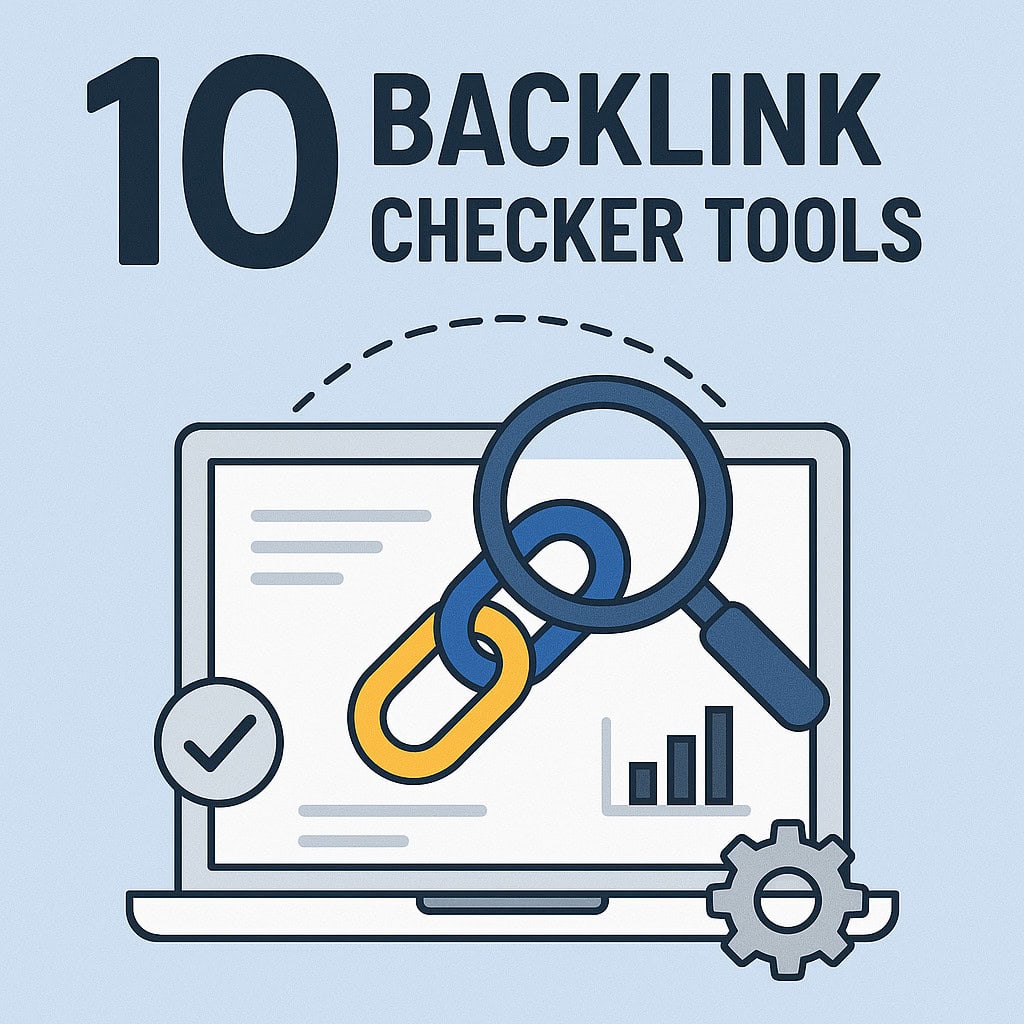


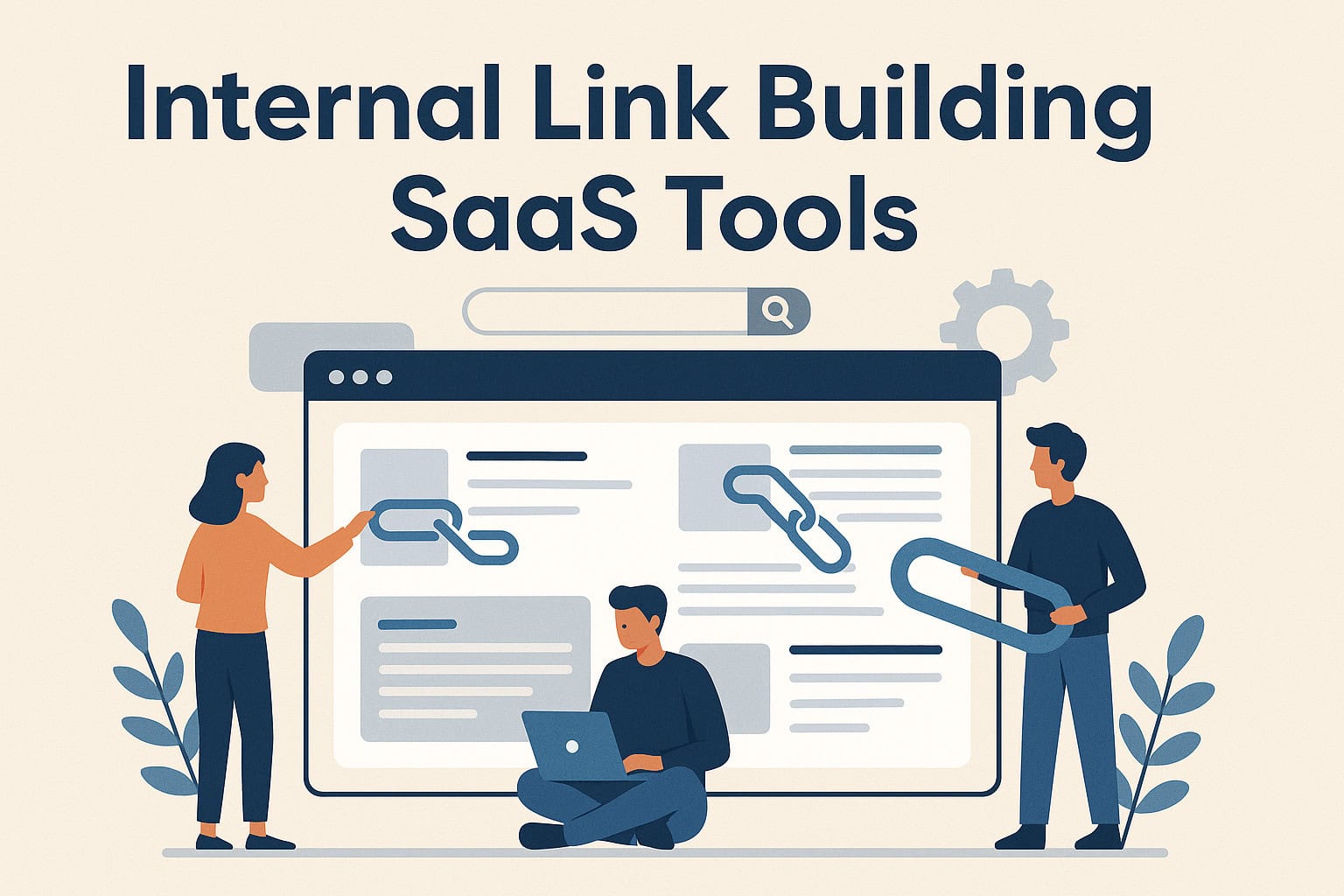

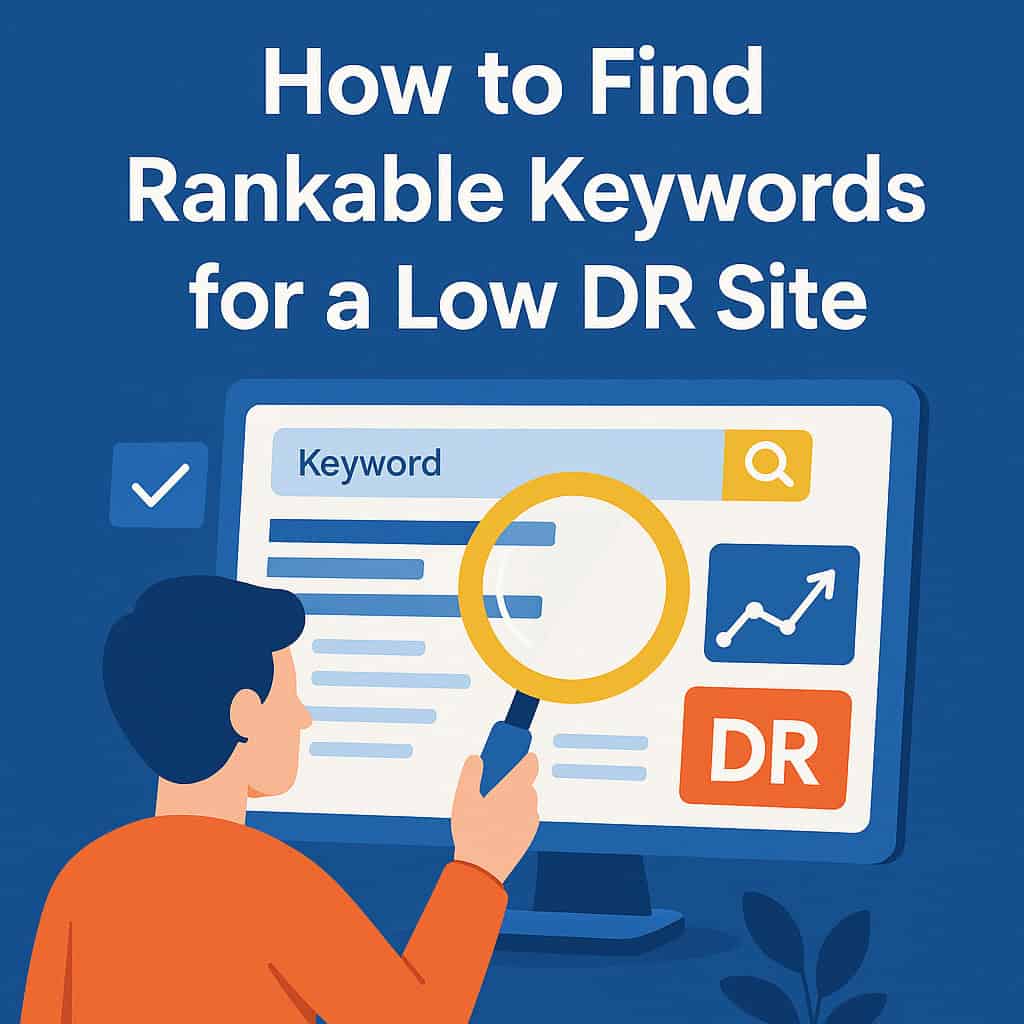
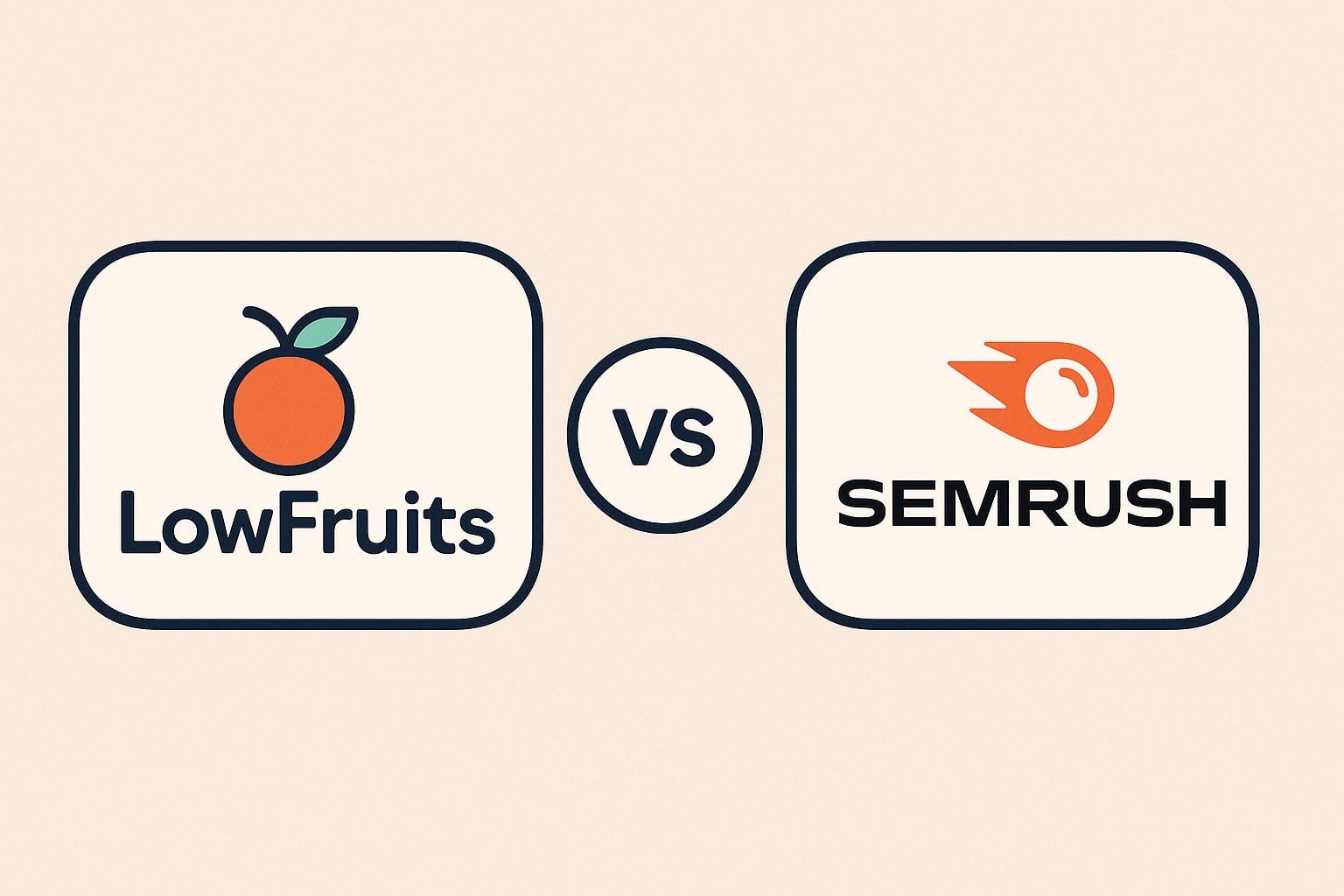
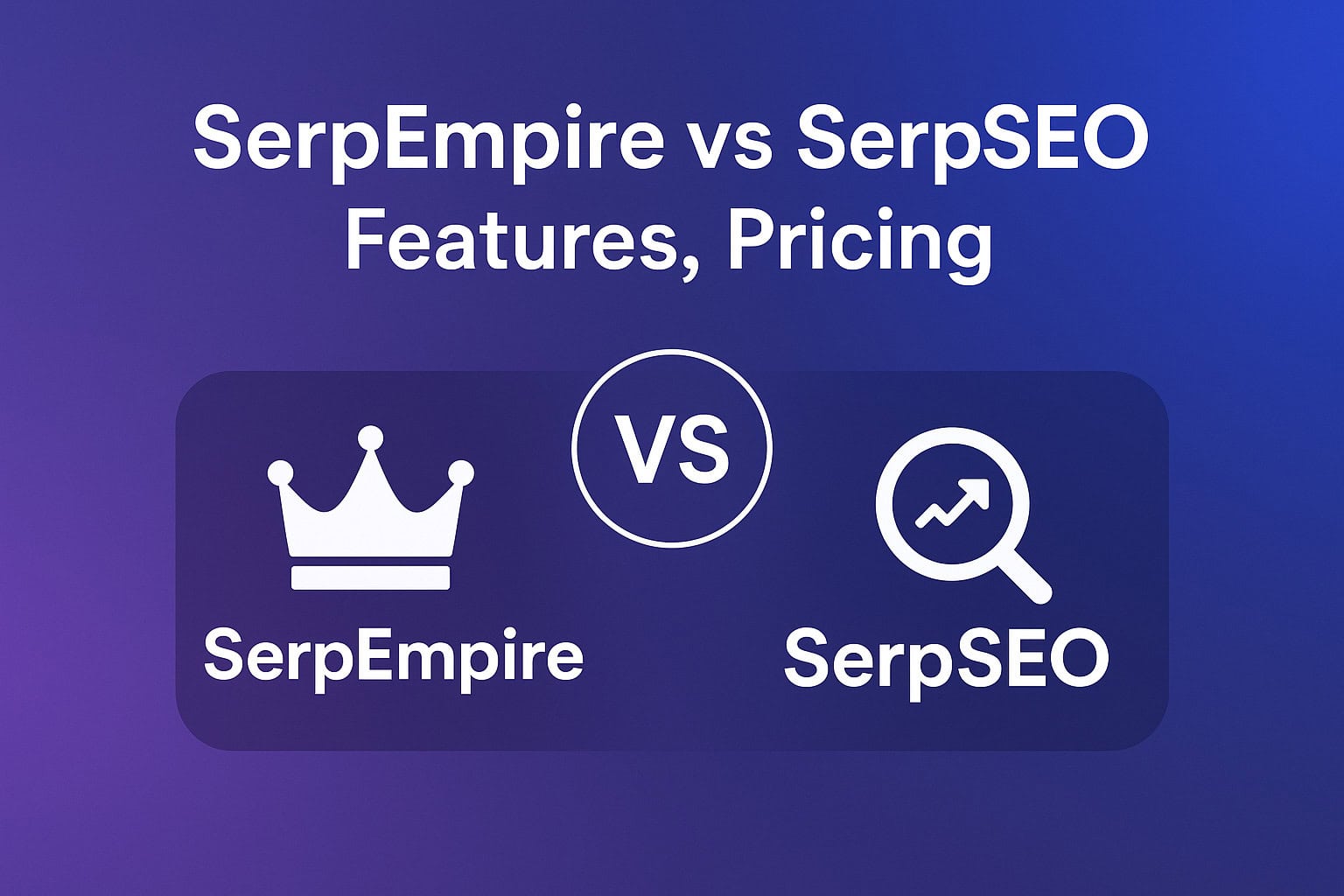
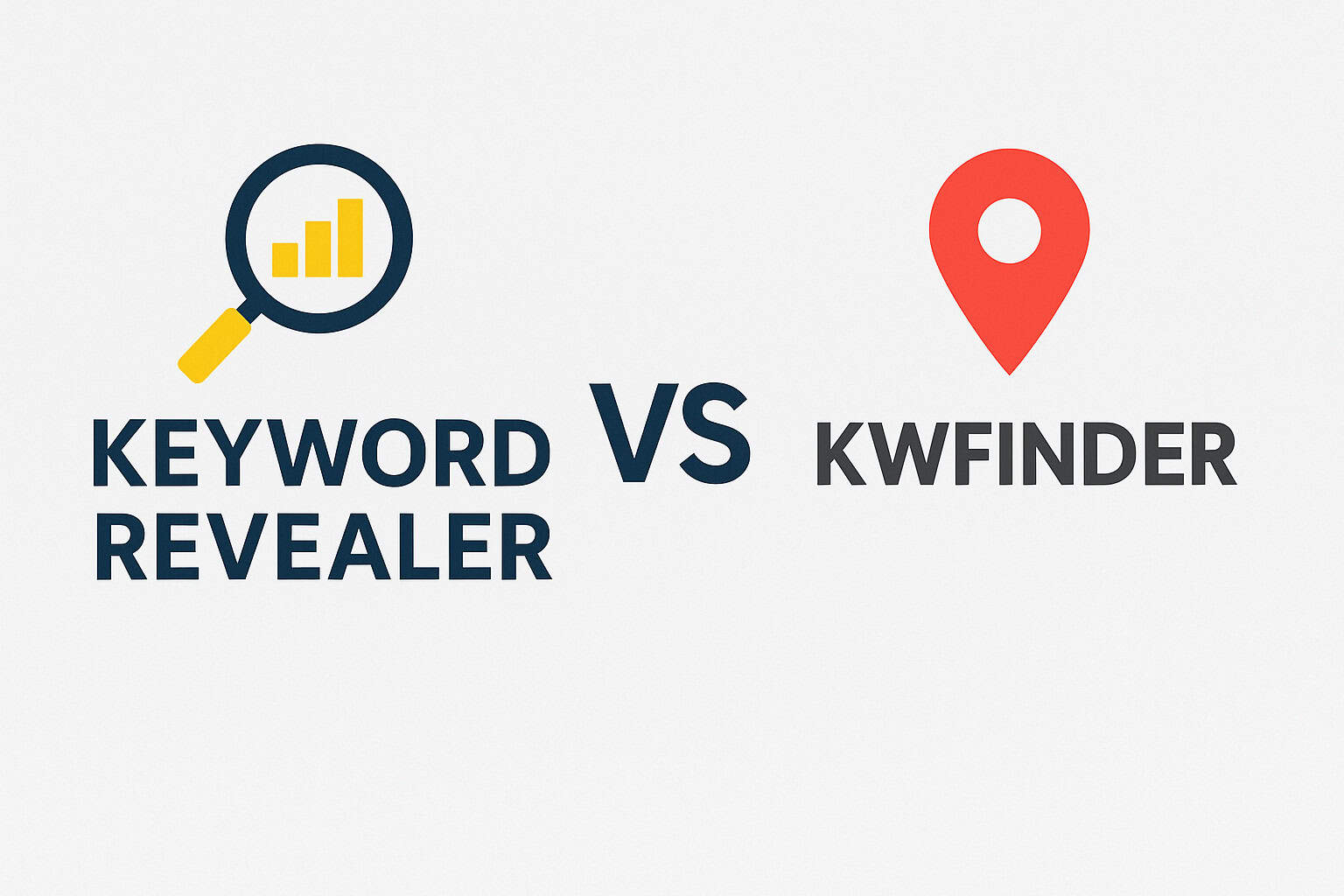





![Longtail Pro Moz or Majestic [Full Breakdown]](https://backlinkmanagement.io/wp-content/uploads/2025/11/ChatGPT-Image-Nov-14-2025-08_30_38-AM.png)



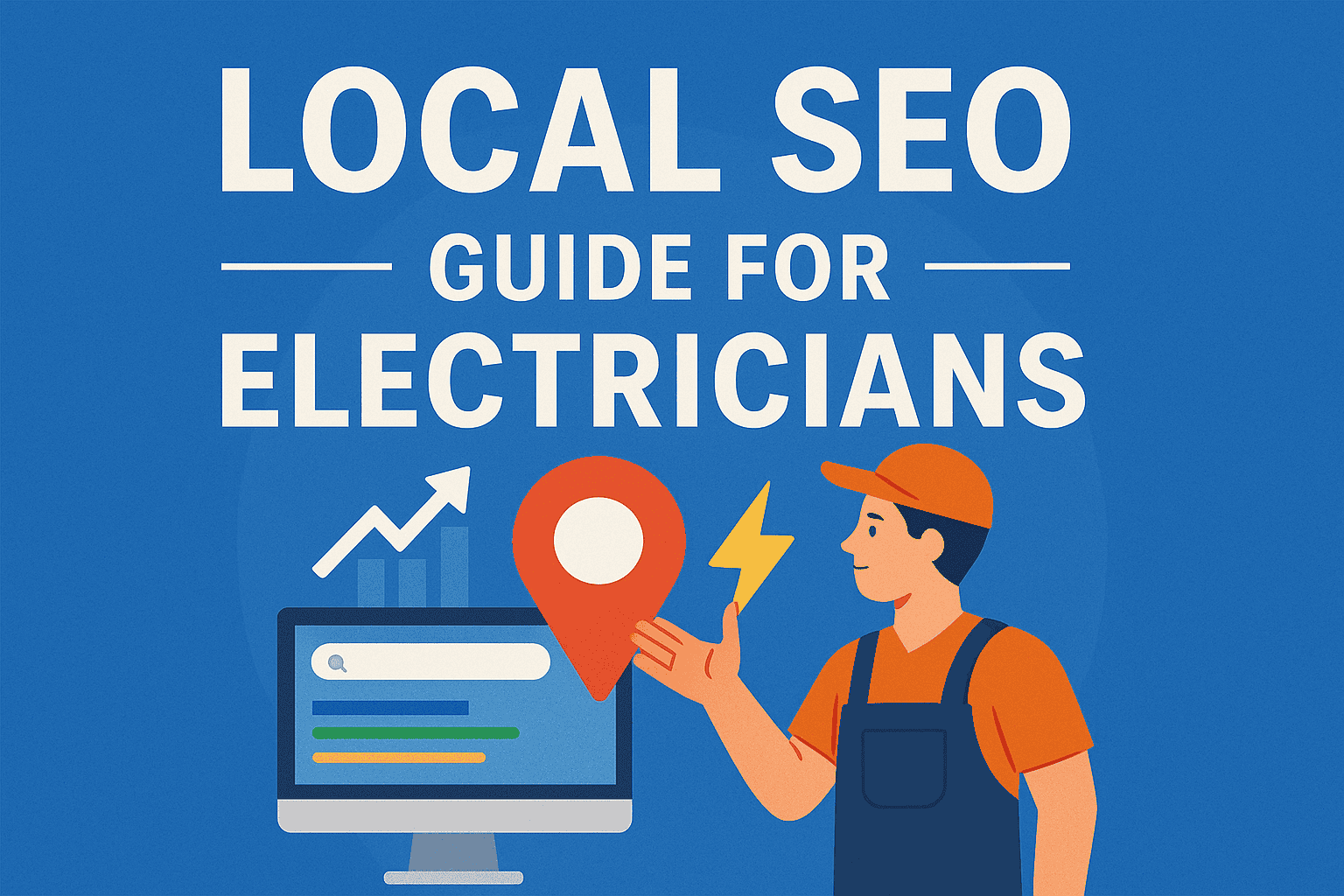
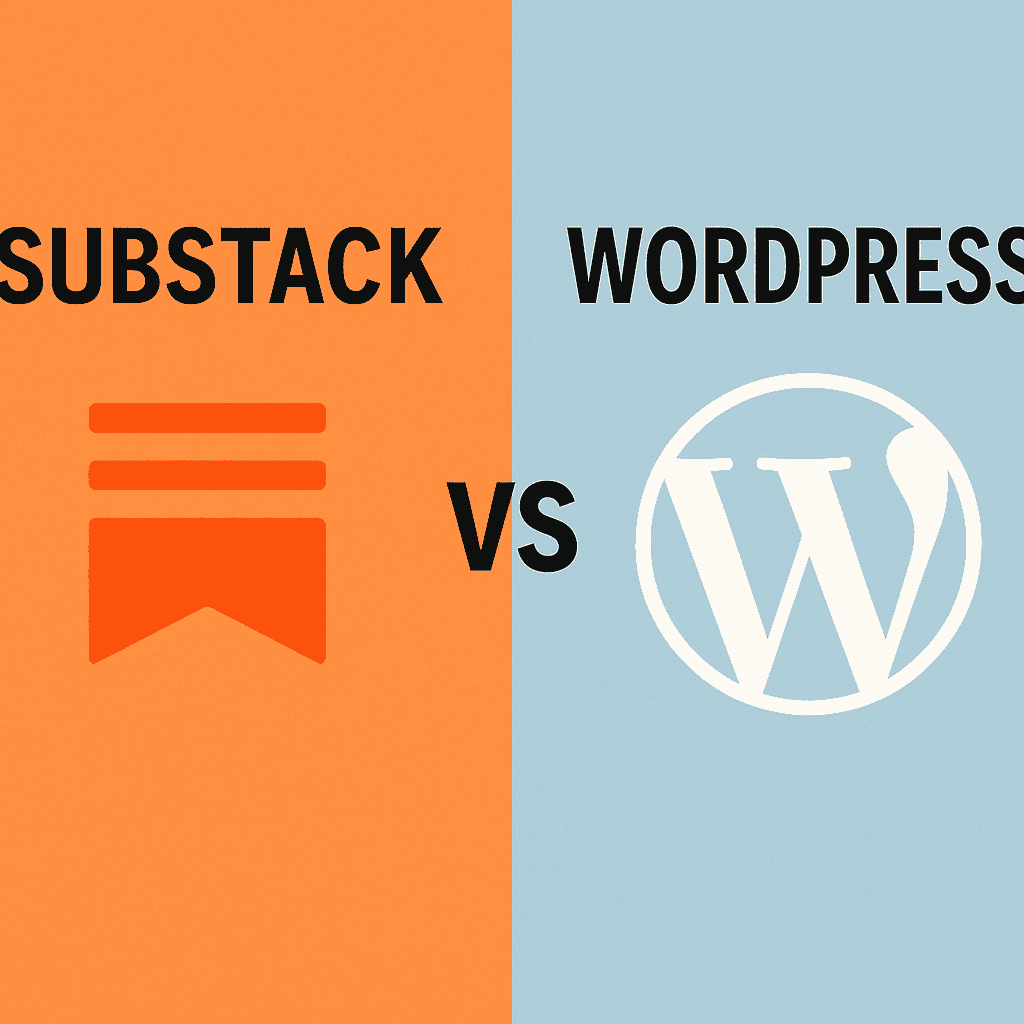



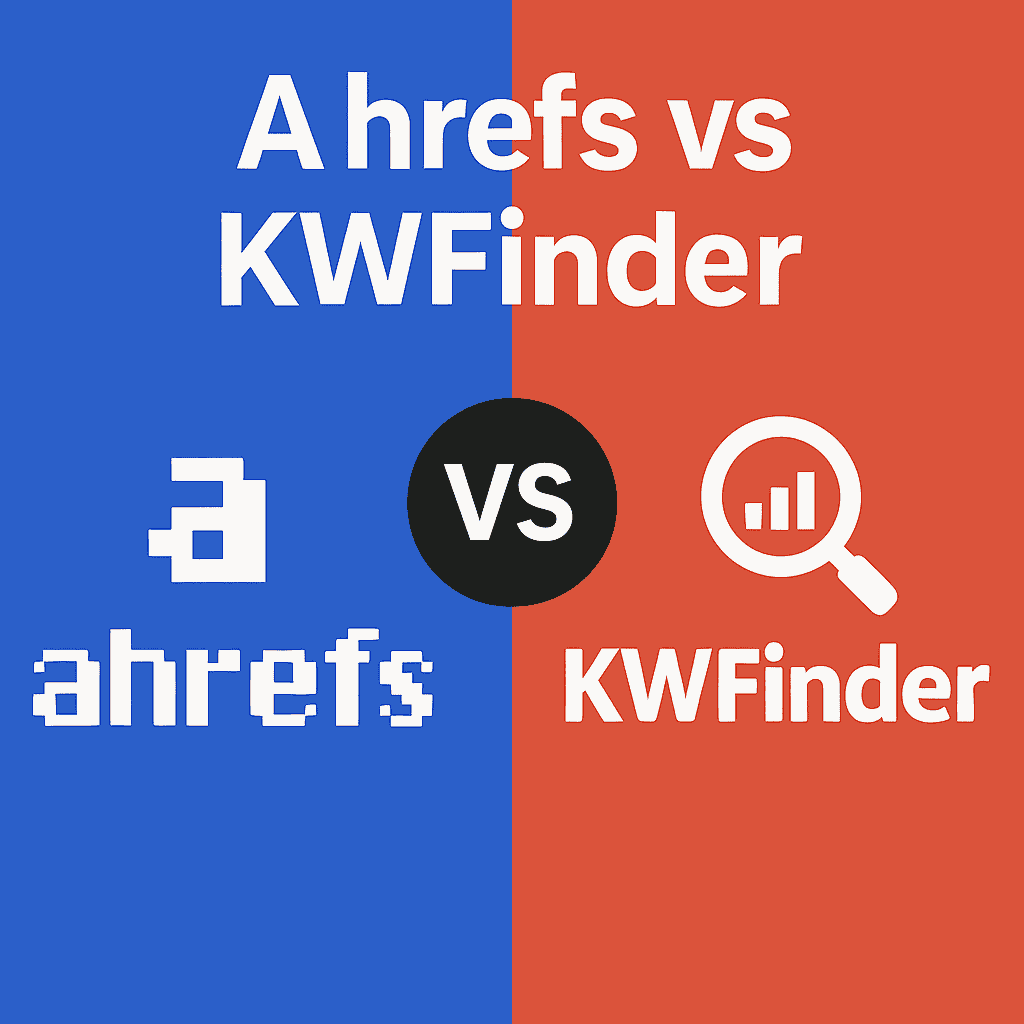




















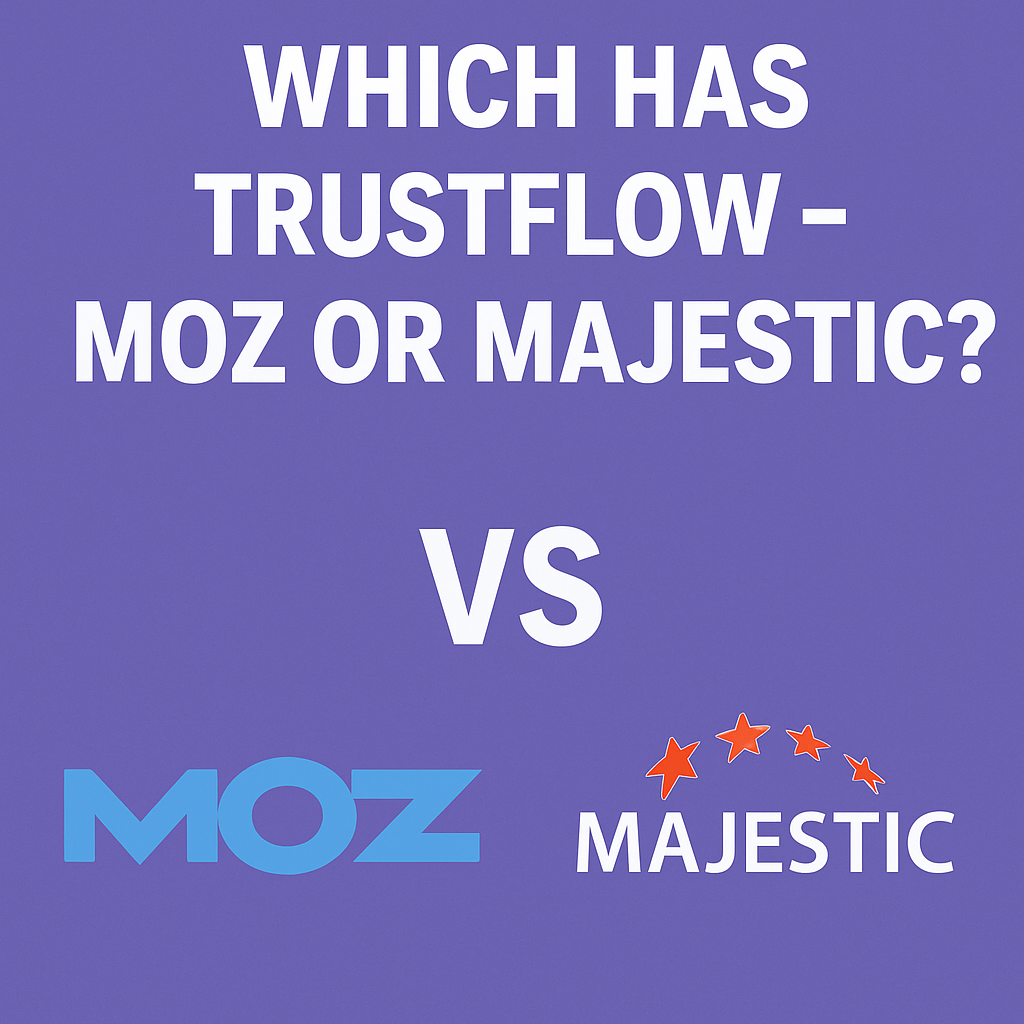


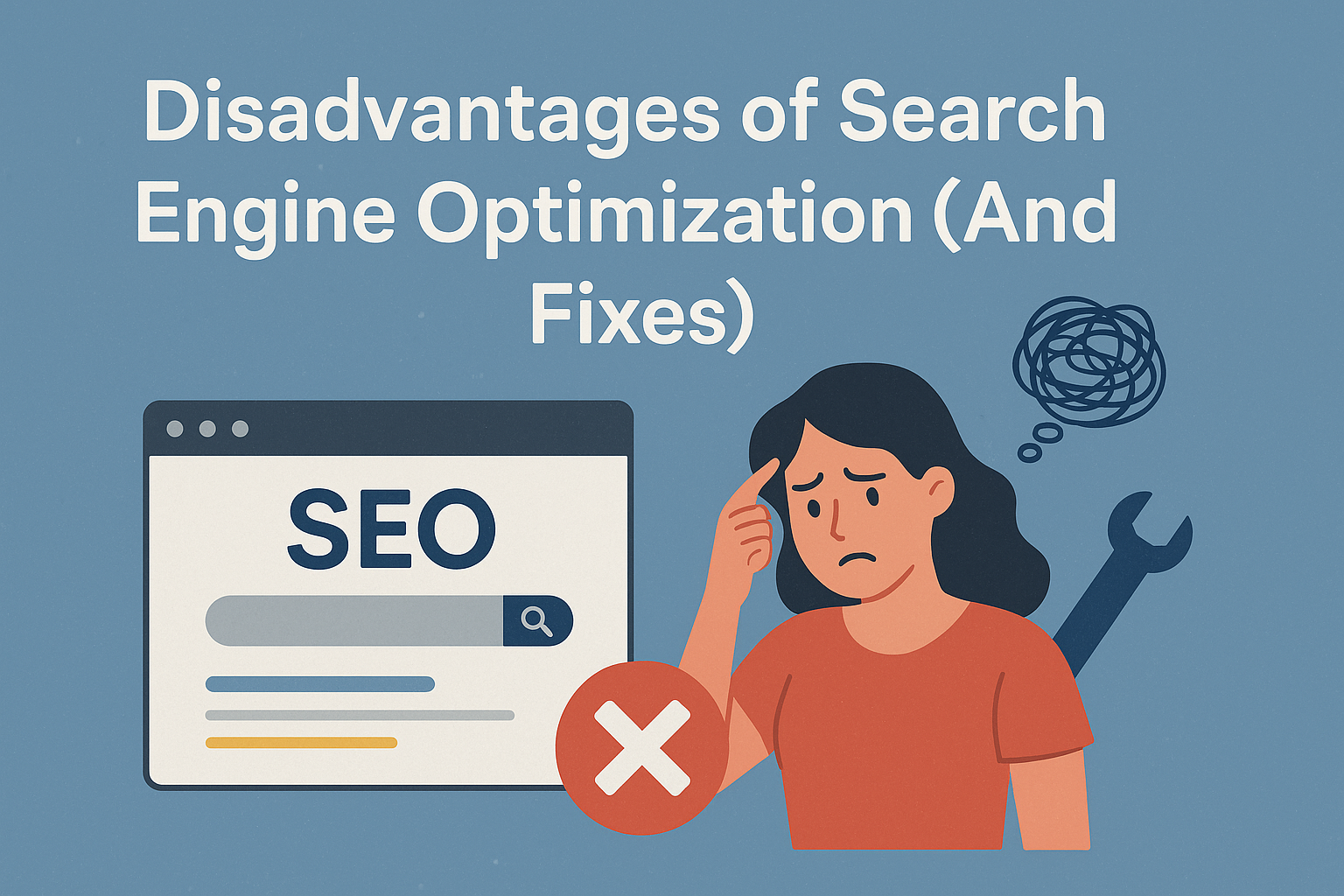





![How Many Outbound Links Per Blog [2025 Updated]](https://backlinkmanagement.io/wp-content/uploads/2025/06/How-Many-Outbound-Links-Per-Blog.png)
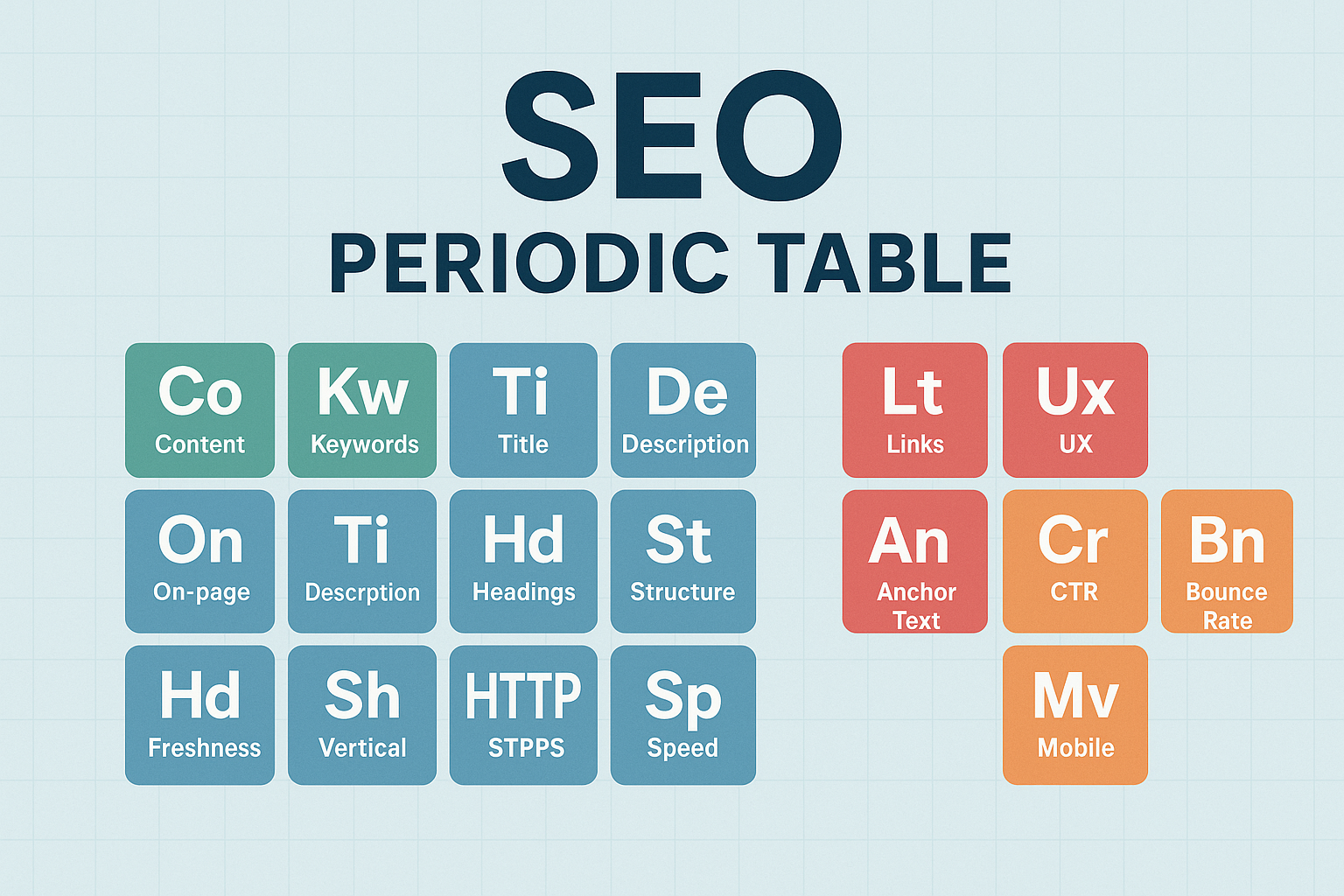


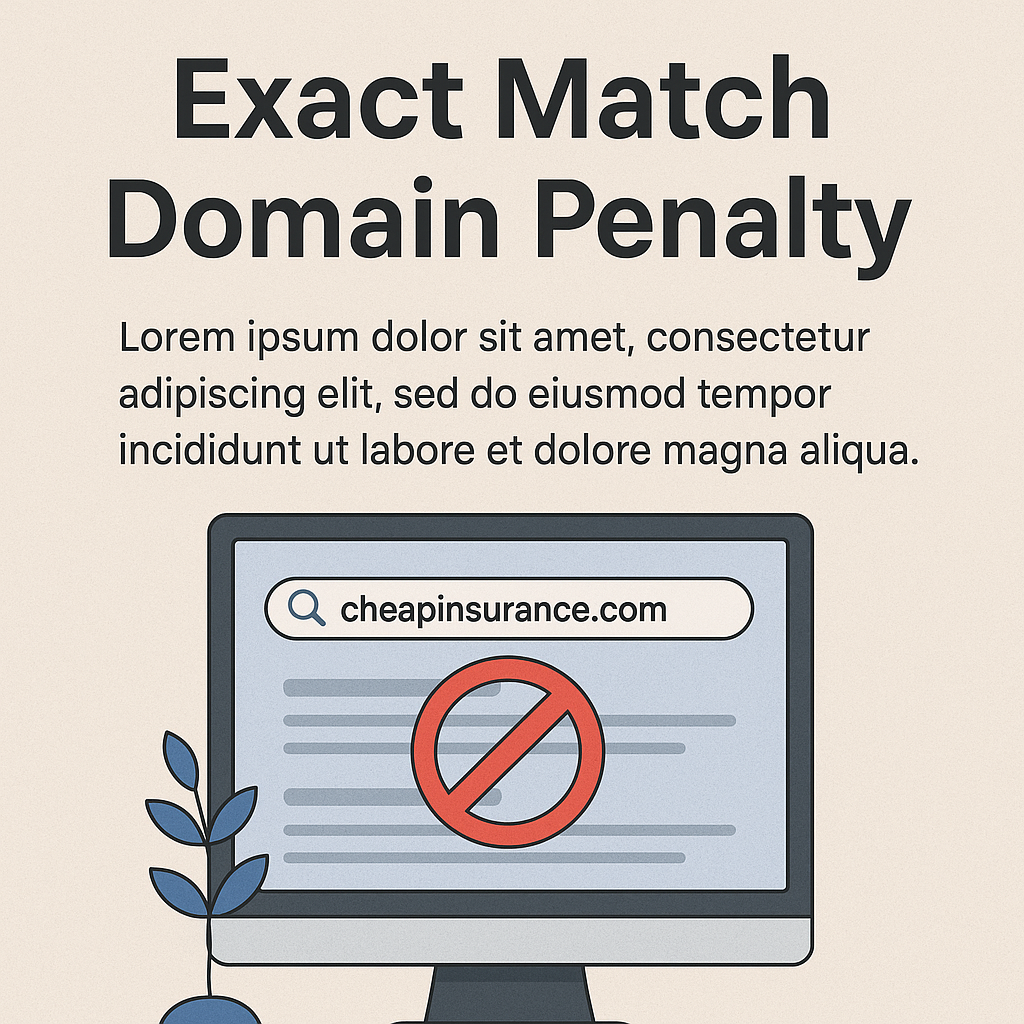
![B2B and B2C Website Examples [2025 Updated]](https://backlinkmanagement.io/wp-content/uploads/2025/05/B2B-and-B2C-Website-Example-.png)
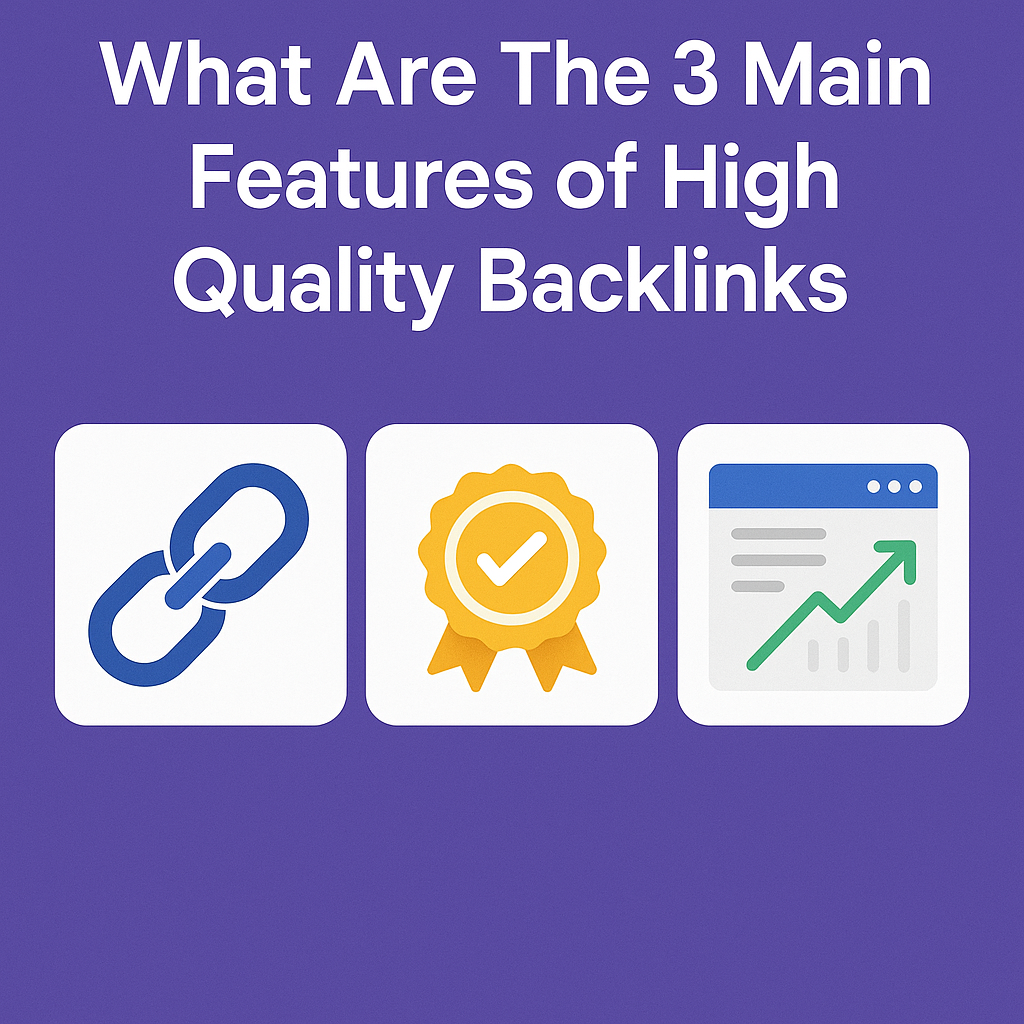





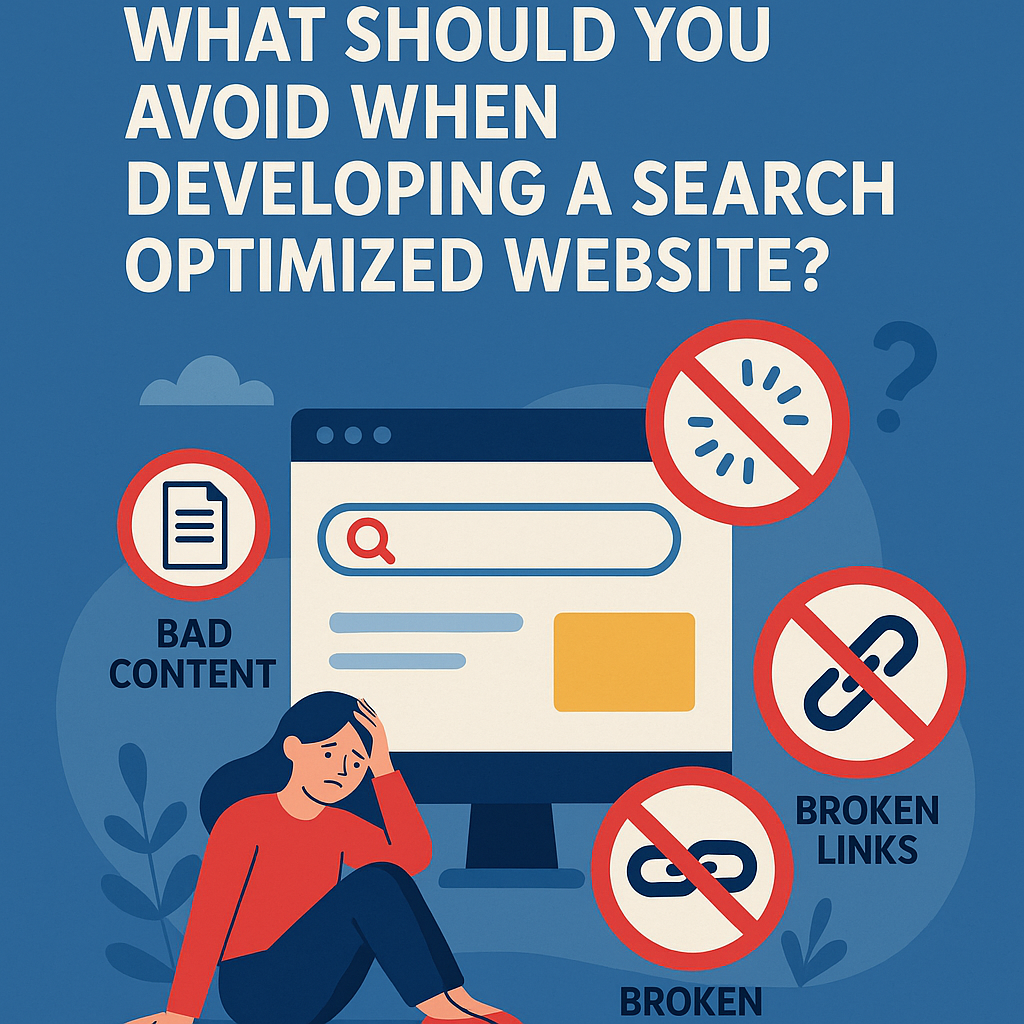
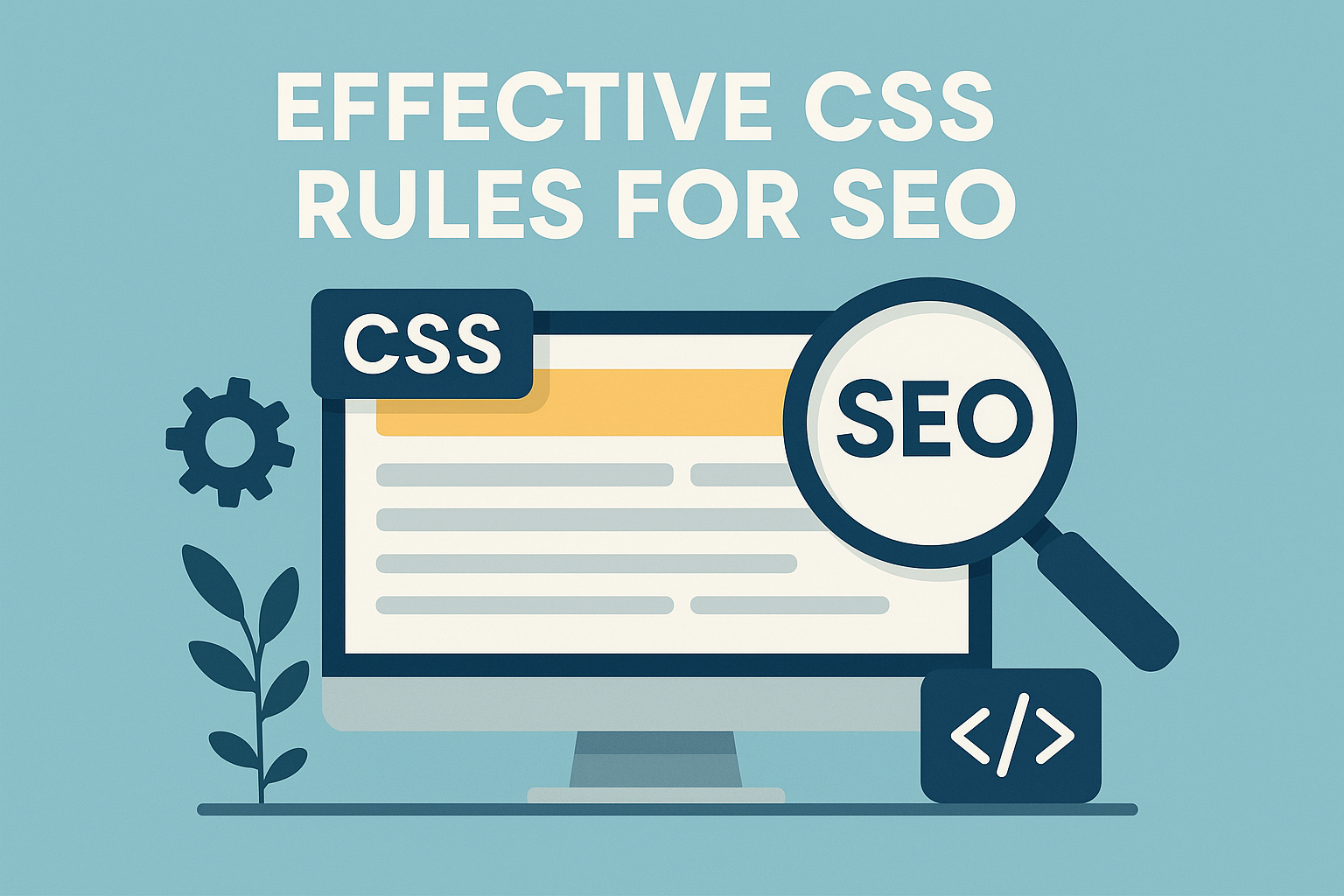

![What To Do After Keyword Research [2025 Guide]](https://backlinkmanagement.io/wp-content/uploads/2025/05/What-To-Do-After-Keyword-Research.png)
![Is Page Speed Really A Ranking Factor? [2025]](https://backlinkmanagement.io/wp-content/uploads/2025/05/Is-Page-Speed-Really-A-Ranking-Factor.png)





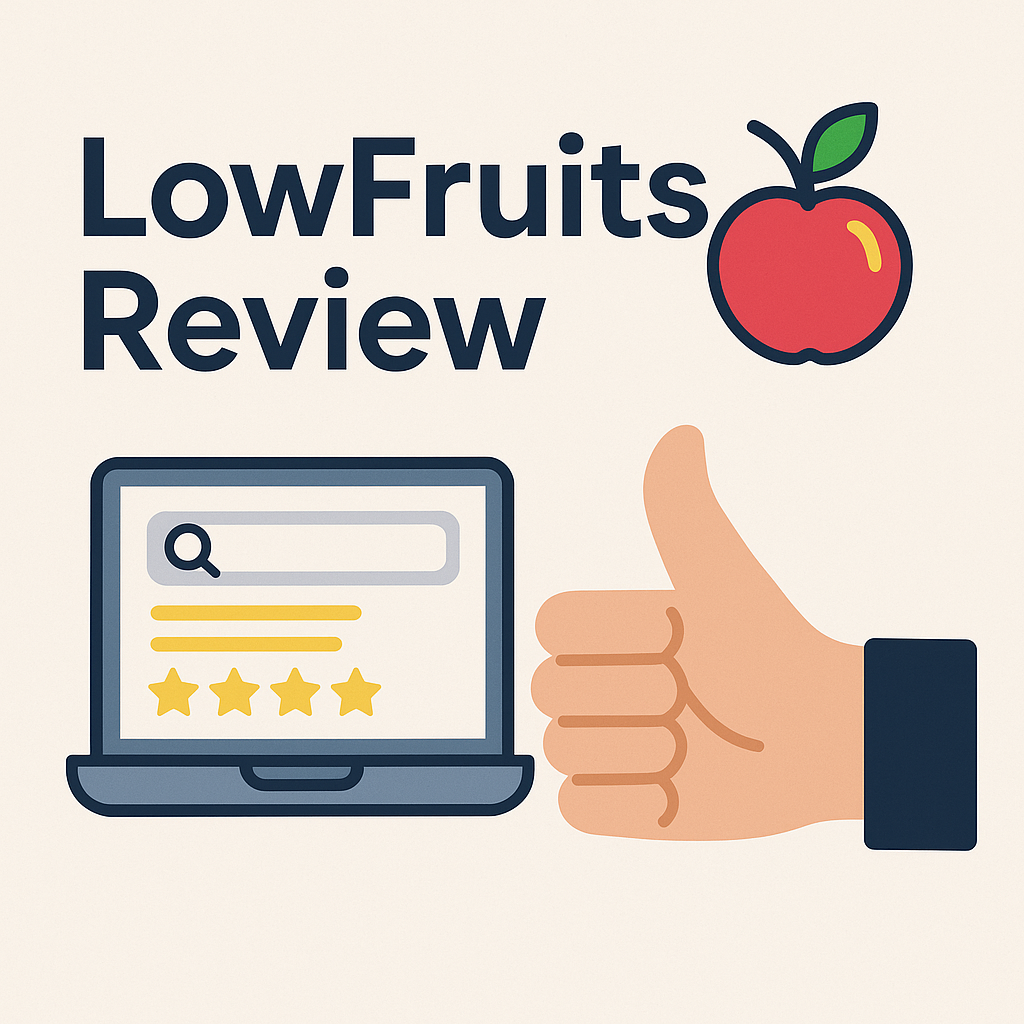



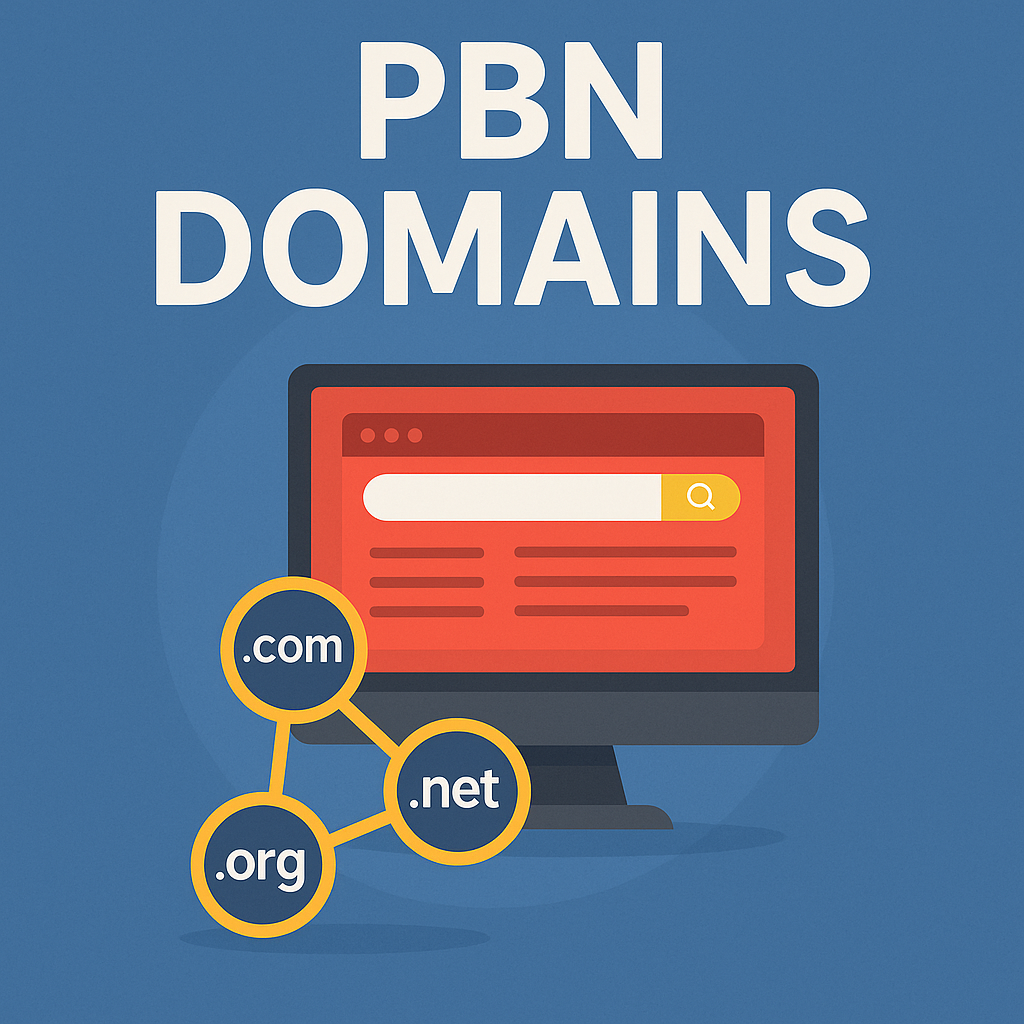

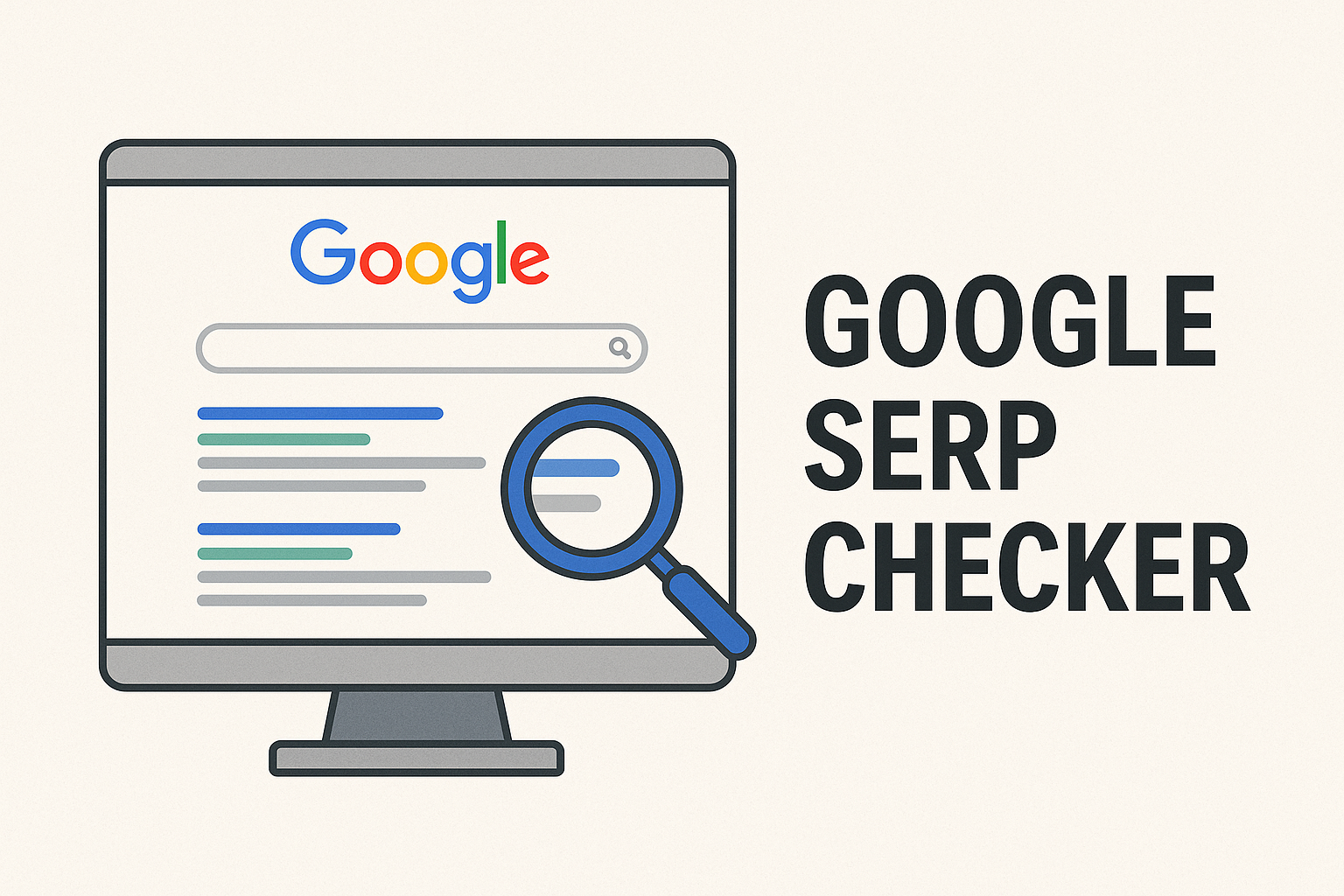
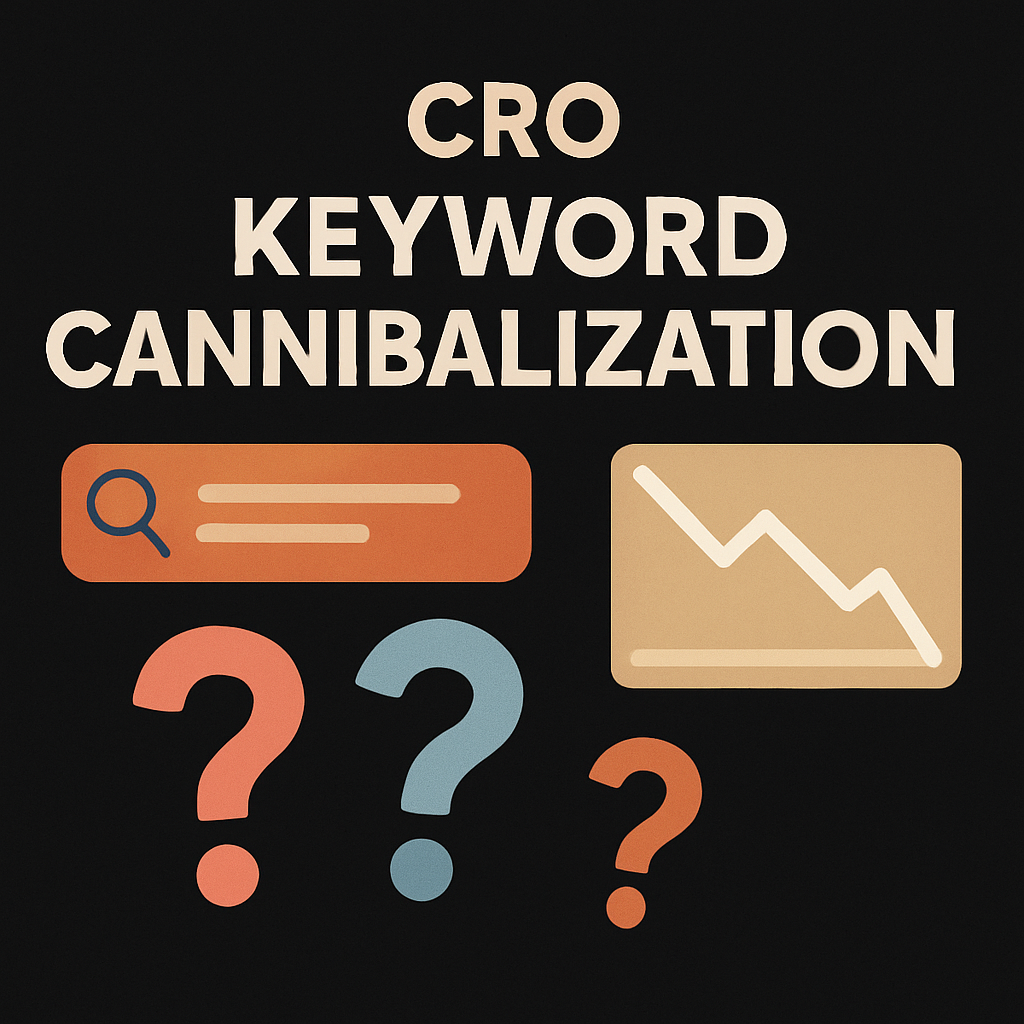




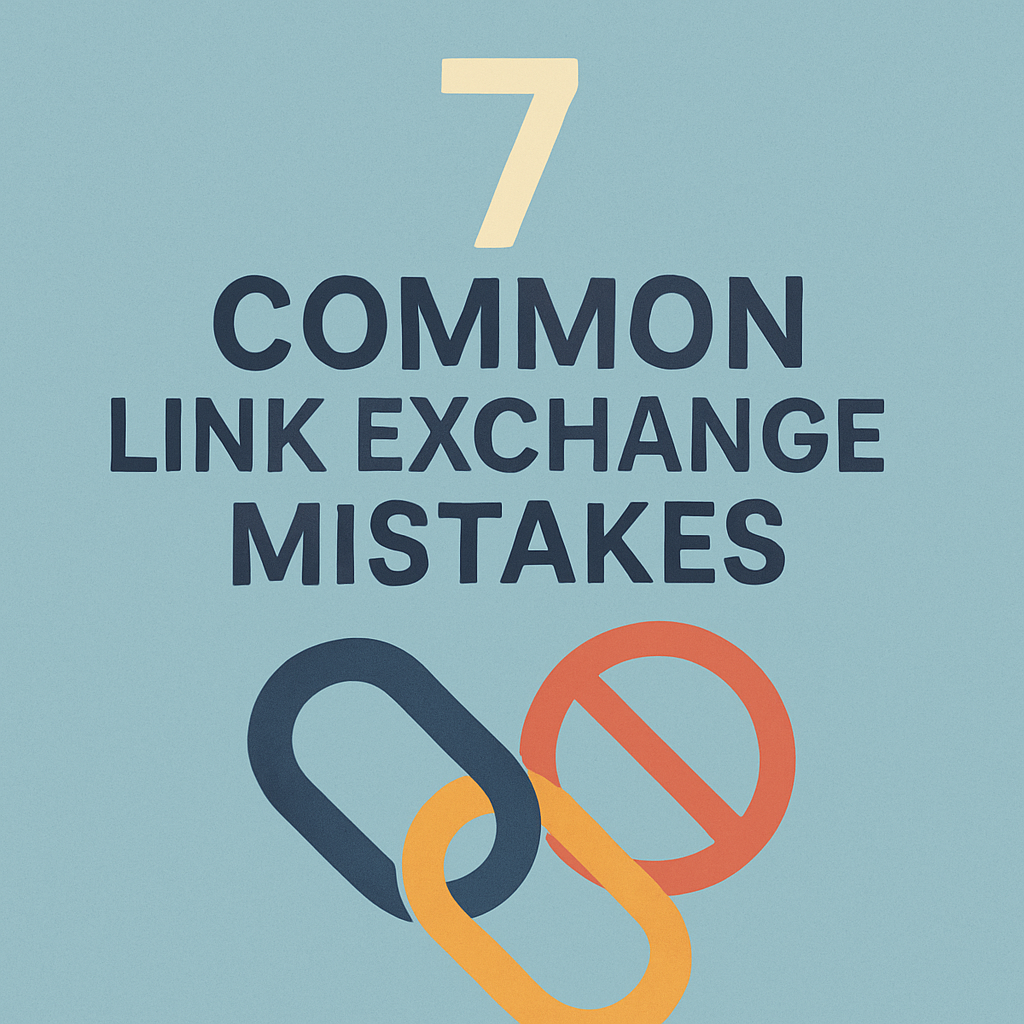

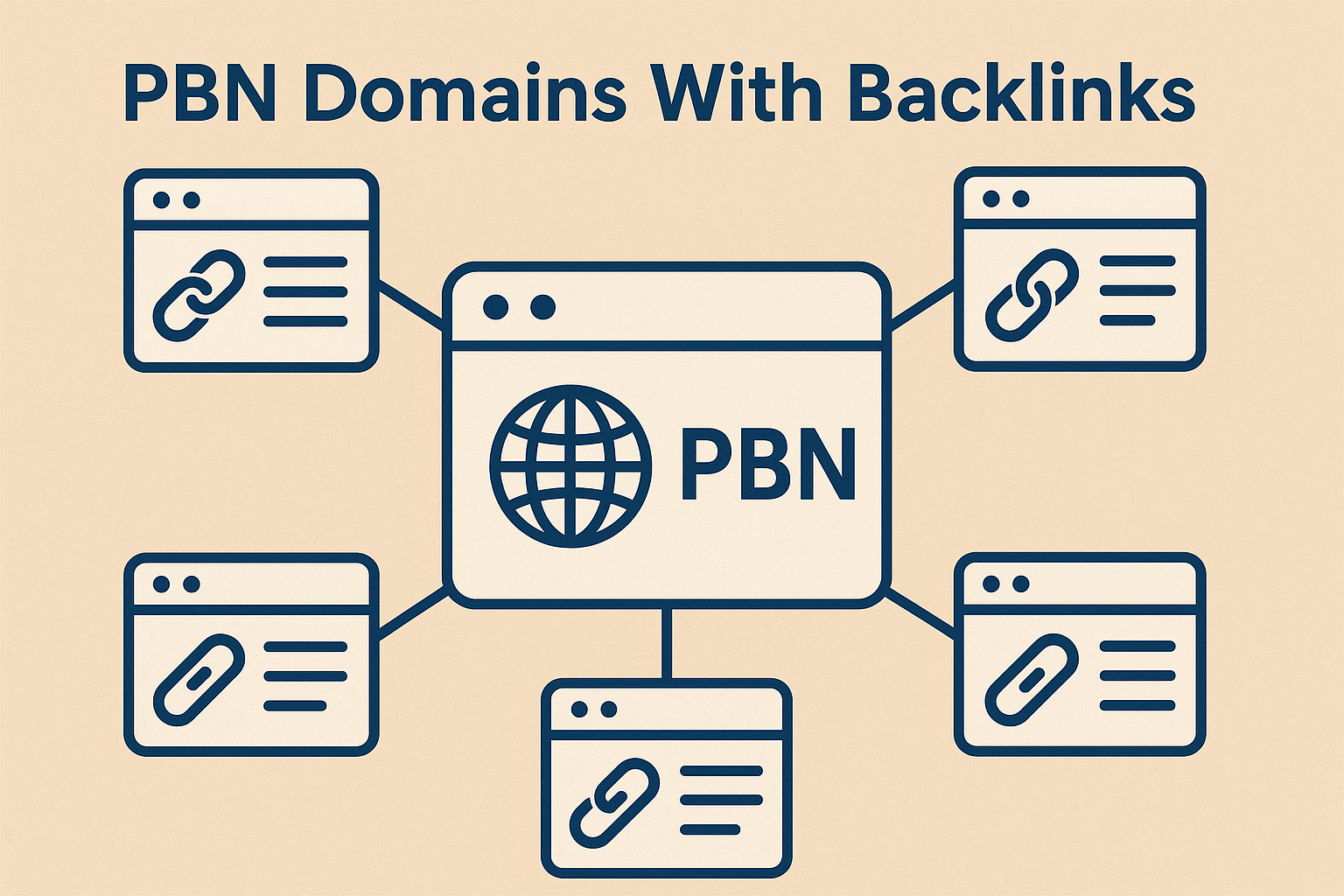




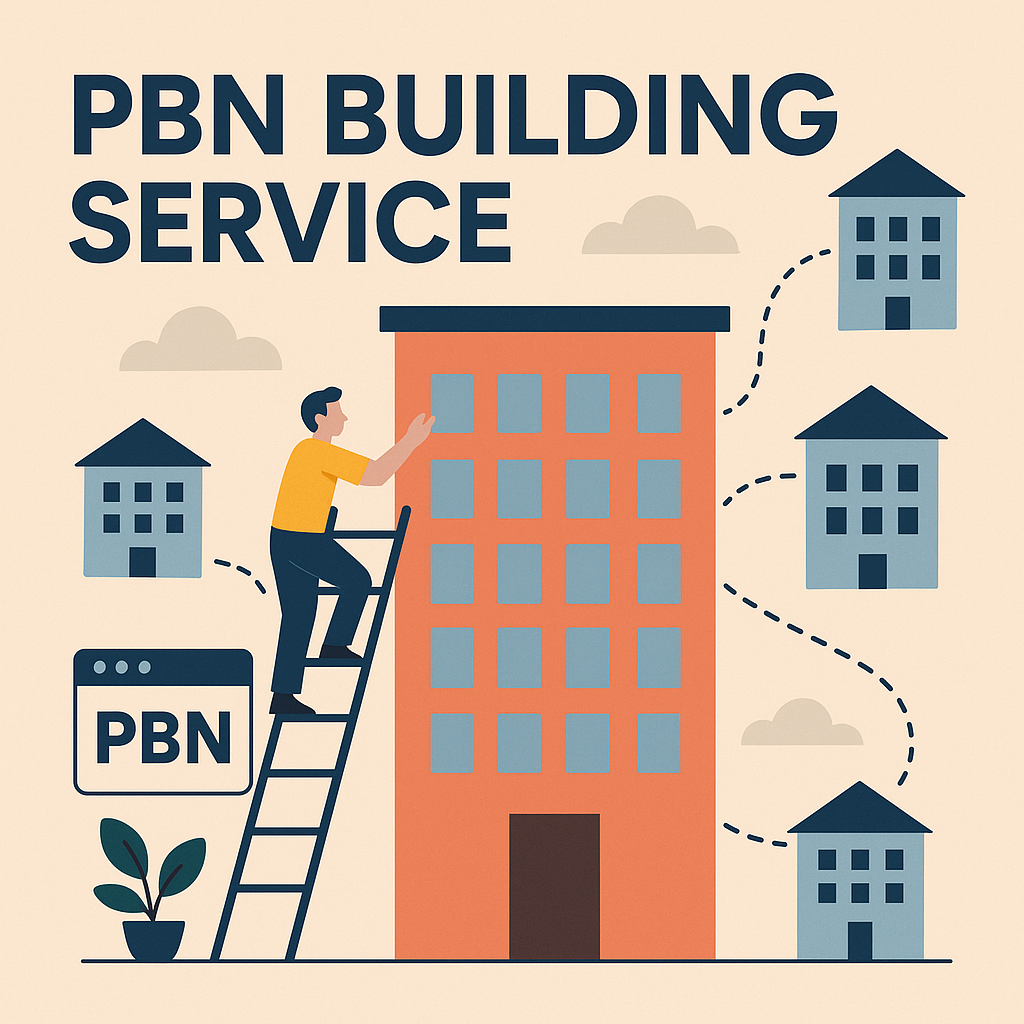

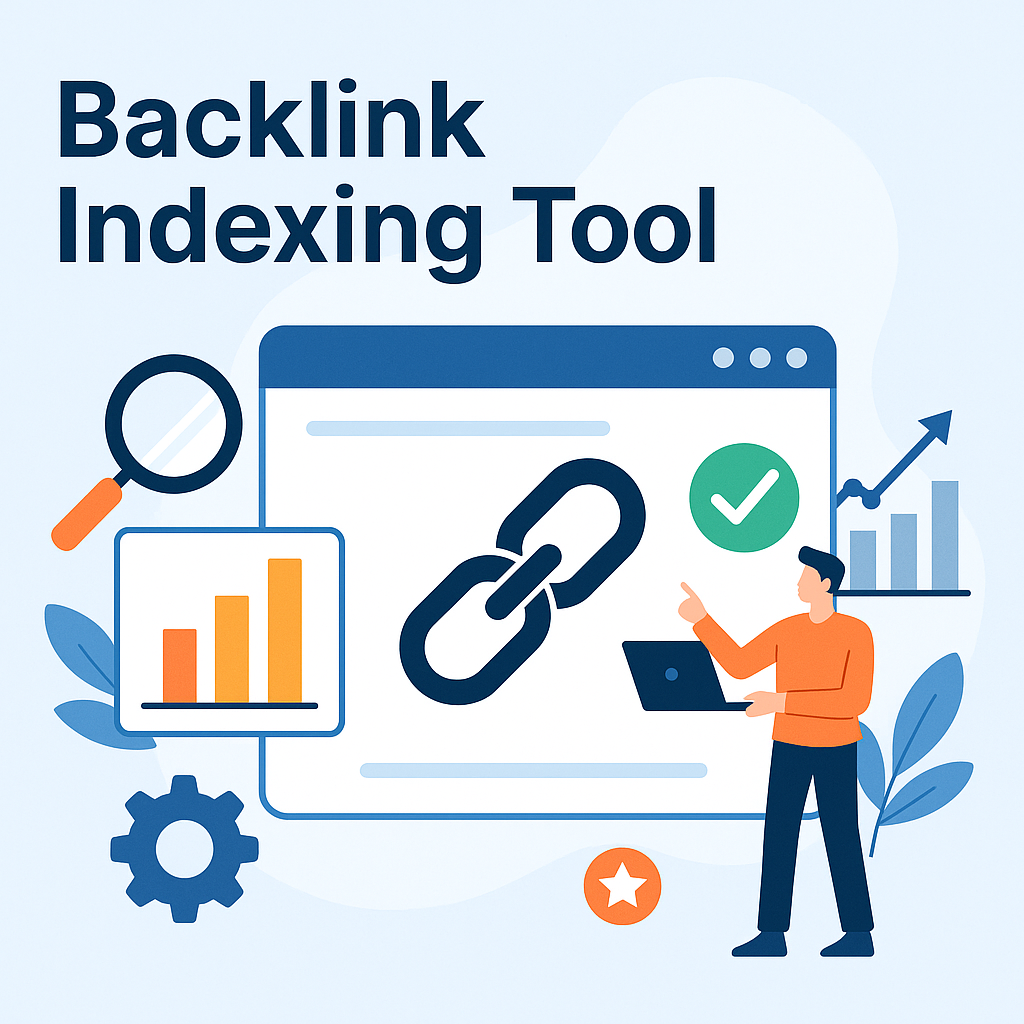







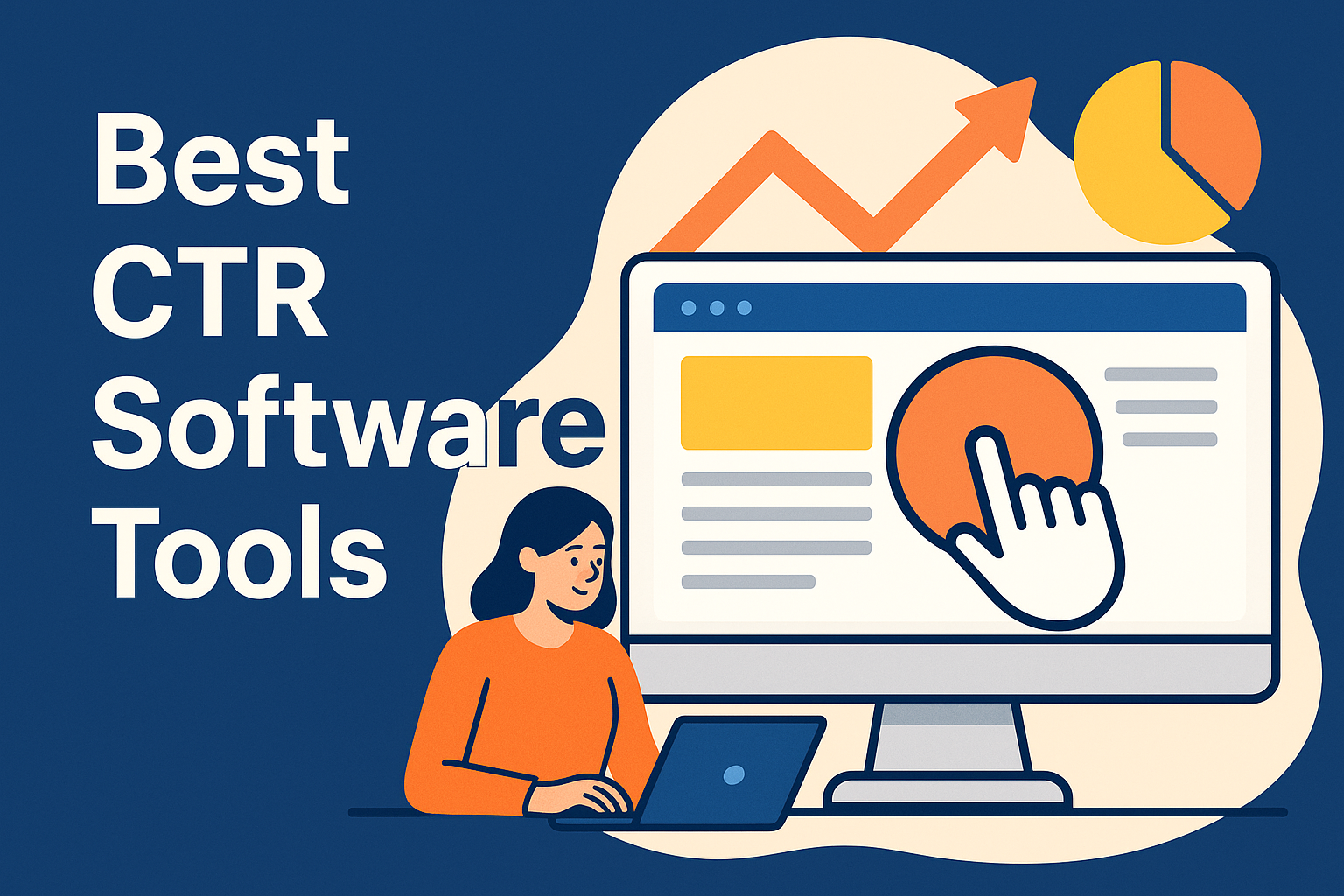




![Best Link Exchange Sites [Free & Safe] – Top 5 Picks](https://backlinkmanagement.io/wp-content/uploads/2025/04/Free-Link-Exchange.png)


